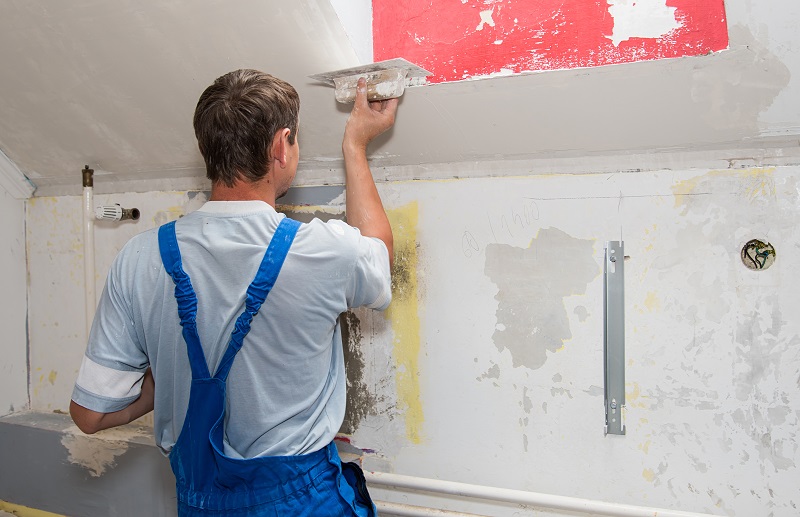Plastering is a skill. The quality of plastering is important when you are renovating or repairing your home. Though small places can be plastered by yourself, for larger areas, you need professional help. If not done rightly and properly, the whole work can look very shabby. To set it right, you may have to spend more money. Here is how to go about finding a plasterer.

- Obviously, when you start looking for someone for plastering work at your home, you will find many. But it is not that you can hire anyone or anybody.
- The first thing to ask a plasterer is his previous work experience. If possible, do check it out or talk to his previous clients. You will get a good idea about his work and expertise.
- You should talk to the personnel and clear all your doubts and questions. You should ask him how he intends to go about his job, number of days that he will require and so on. It is important that you find the person fit for the job. Getting clear answers mean that he knows his job well.
- Collect testimonials from previous clients. This is one of the best ways to find a plasterer as you will have something to rely on.
- Ask for guarantee. A skilled and experienced plasterer will not hesitate to offer a guarantee of his work. This is one personnel you can trust your work with.
- Hire a plasterer who is in touch with latest technology in plastering work. When it comes to construction work such as plastering, it is important that the latest technology is used so that the output is better and more efficient.
- Check if he will follow all the safety guidelines and industry standards that are mandatory.
Importance of Plastering Specifications
As per the work, there are different specifications for different kinds of plastering work. If these specifications are not followed to the T, then the final work will resemble a ghost house. Also the specification guidelines help keep the new areas moisture free and basically keeps the areas in hold.
There are various specifications for plastering depending on the number of coats. The specification for a single coat will differ from that required for a three coat and so on.
For a single coat, there are specified ratios for the mixing of cement, lime and sand. The ratio depends on the amount of sand used. For example, be it for internal or external plastering, the ratio of cement to lime to sand can be 1:0:3 to 6 and then, 1:1:6 and 1:2:9.
In double coats, for the under coat ratio, the sand used has to be thrice or, four times or six times the cement used. Lime isn’t used in the process.

For the final coat in double coat plastering, the ration ranges from 1:0:3 to 6 and the other ratios are where same quantity of cement and lime are used but sand taken is 6 times. Other specification is where lime is used double the quantity of cement and sand used is around 9 times.
For a three coat plaster, ratio of cement to lime to sand ranges from 1:0:3 to 6 and even 1:1:6 for the first or base coat. For the second coat too, this ratio remains the same and there can be one more which is 1:2:9. For the final or finishing coat, the lime and sand used are in equal quantity.
It should also be noted that for double and triple coats, coarse sand is preferred for the first coat and for single coat; the fineness modulus of sand can be around 1.5. If you take sand which has lesser fineness modulus, then, the plaster will not have enough strength.
Hence, it is important to get the best-skilled person for the job. Though there might be many plasterers near your neighbourhood, you should try and get the most qualified and skilled plasterer.

